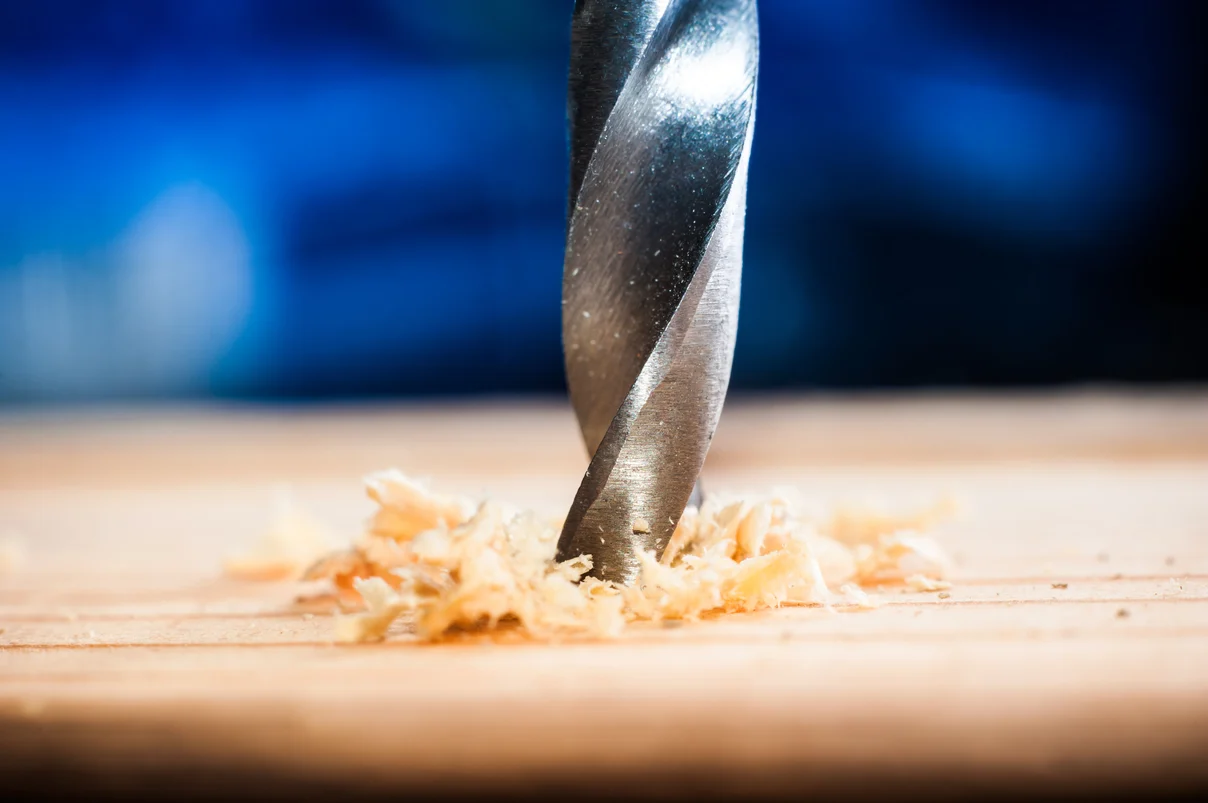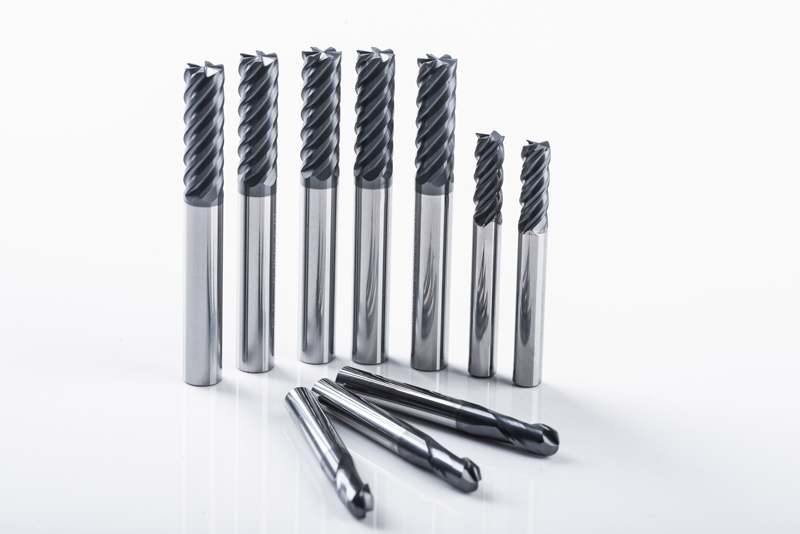Email Us
How to Extend the Life of Cutting Tools: 5 Practical Tips
Cutting tools are essential in machining, playing a crucial role in determining production efficiency and product quality. However, wear and damage to tools are inevitable, especially in high-intensity, high-precision machining tasks. Extending the life of cutting tools not only reduces production costs but also ensures consistent machining quality and operational efficiency. Here are five practical and proven tips to maximize the lifespan of cutting tools, with detailed explanations for each.

1. Choose the Right Tool Material and Coating
Why It Matters
The material and coating of a cutting tool directly influence its wear resistance, heat resistance, and durability. Selecting the right tool for the specific material and operating conditions can significantly enhance tool life.
Recommendations
●For High-Hardness Materials: When machining materials like stainless steel, titanium alloys, or heat-resistant superalloys, choose tools with advanced coatings such as TiAlN (Titanium Aluminum Nitride) or DLC (Diamond-Like Carbon) to improve wear resistance and thermal stability.
●For Sticky Materials: In machining materials like aluminum and copper alloys, tools with smooth coatings like DLC can reduce material adhesion, ensuring a cleaner cutting surface and longer tool life.
●For General Machining: High-speed steel (HSS) tools or coated carbide tools are suitable for machining low-carbon steel or cast iron due to their cost-effectiveness and durability.
Tips
Avoid prioritizing hardness over toughness. Extremely hard tools may perform well in specific scenarios but are more prone to chipping or breaking under high-impact conditions.
2. Optimize Cutting Parameters
Why It Matters
Cutting parameters—such as cutting speed, feed rate, and depth of cut—directly impact the thermal and mechanical loads on the tool. Improper parameter settings can cause excessive wear, overheating, or even tool failure.
Recommendations
●Cutting Speed: Adjust the cutting speed based on the material and tool type. For harder materials, reduce the cutting speed to prevent excessive heat buildup.
●Feed Rate: Use a moderate feed rate that minimizes excessive tool loading while maintaining productivity. Overloading the tool can lead to faster wear.
●Depth of Cut: During roughing, use a larger depth of cut to improve efficiency. For finishing operations, reduce the depth of cut to protect the cutting edge.
Tips
Refer to the manufacturer’s recommended cutting parameters, as they are tailored to the specific material and tool properties. Continuously monitor tool wear and adjust parameters as needed.
3. Use Effective Cooling and Lubrication Systems
Why It Matters
Heat and friction generated during machining are primary causes of tool wear. An effective cooling and lubrication system can significantly reduce these factors, extending tool life and improving cutting performance.
Recommendations
●Select the Right Cutting Fluid: Choose cutting fluids based on the machining material and process. For example, use high-lubricity fluids for sticky materials and high-cooling fluids for high-speed cutting.
●Optimize Cooling Techniques: Use high-pressure cooling or mist spraying systems to ensure sufficient cooling at the cutting edge and reduce thermal stress.
●Consider Dry Cutting: In specific applications, such as when using DLC-coated tools, dry cutting can eliminate the need for cutting fluids, reducing both cost and environmental impact.
Tips
Regularly maintain and replace cutting fluids to avoid contamination that could degrade cooling and lubrication performance.
4. Perform Regular Tool Inspection and Maintenance
Why It Matters
Over time, tools may develop wear, chipping, or fatigue cracks, which, if undetected, can lead to unexpected tool failure and compromise machining quality. Regular inspection ensures potential issues are identified early.
Recommendations
●Inspect Tool Conditions: Use microscopes or other inspection devices to check for cracks, edge wear, or damage.
●Regrind Tools When Needed: Tools that are designed for regrinding should be resharpened periodically to restore cutting performance and prevent excessive wear.
●Track Tool Usage: Maintain detailed records of tool usage, including hours of operation and material types, to predict wear patterns and establish replacement schedules.
Tips
Outsource tool regrinding to professionals to ensure proper edge geometry and optimal performance after maintenance.
5. Optimize the Machining Environment and Processes
Why It Matters
The stability of the machining environment and the accuracy of processes directly affect tool performance. Vibrations, misaligned tools, or poor machine maintenance can accelerate tool wear and damage.
Recommendations
●Minimize Vibrations: Ensure machine tool stability and use rigid fixturing systems to reduce vibrations during machining.
●Maintain Machine Accuracy: Regularly service the machine, focusing on spindle alignment and guideway lubrication, to prevent misalignments that could stress the tool.
●Train Operators: Educate operators on proper tool handling and machining techniques to reduce the risk of damage from incorrect settings or improper tool clamping.
Tips
For high-precision machining, consider using anti-vibration tools or advanced clamping systems to ensure optimal cutting conditions.
Additional Considerations
1.Material Selection Matters: Always match the tool material and coating to the workpiece material for optimal performance.
2.Monitor Tool Wear: Employ real-time monitoring systems to track tool wear, enabling timely interventions.
3.Plan for Sustainable Use: Consider using tools designed for regrinding or recycling to reduce overall costs and environmental impact.

Conclusion
Extending the life of cutting tools requires a holistic approach that includes proper tool selection, optimized cutting parameters, effective cooling and lubrication, regular maintenance, and a well-managed machining environment. By implementing these five practical tips, manufacturers can achieve better tool performance, reduce operational costs, and maintain consistent machining quality.
These practices are essential for modern machining operations, ensuring that tools not only last longer but also deliver peak performance in every application. By adopting these strategies, you can maximize the value of your cutting tools and stay ahead in a competitive manufacturing landscape.
About Us
Contact Us
Area B, Tool and Measuring Instrument Trading Center, Wenling City, Zhejiang Province, China 317599
Copyright © 2025 Saikeiny Tools Co., Ltd. All Rights Reserved.














